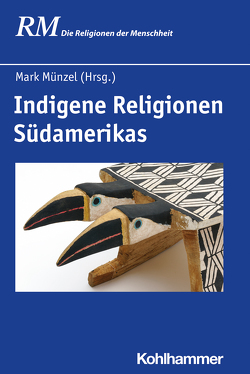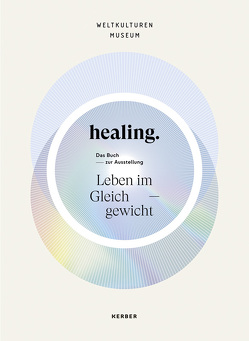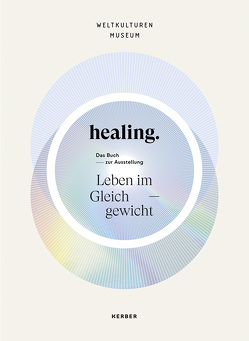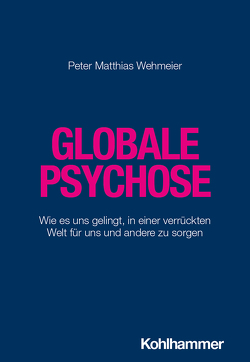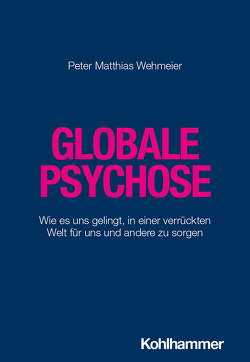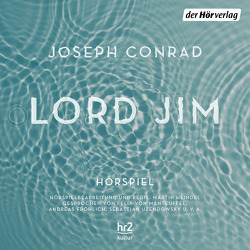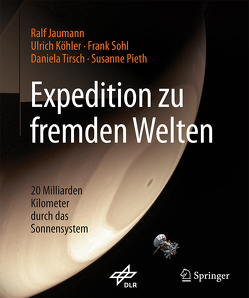Indigene Religionen Südamerikas
Peter Antes, Ulrike Bieker, José Braunstein, Candida Graciela Chamorro Arguello, Isabelle Combès, Francisco M. Gil Garcia, Manfred Hutter, Mark Münzel, Jörg Rüpke, Bettina Schmidt, María Vutova
There are three apparently contradictory aspects that define the religious features of South America: traditionally strong Catholicism, Protestant and Pentecostal denominations that have gained strength since the 19th century, and religions of pre-Columbian origin that have survived and developed further. This volume offers a descriptive account of these strands as the living religions of people today, which can be inquired into by ethnologists and religious scholars. In the process, the book divides South America into two religious areas: the Central Andes region, where pre-European traditions were already incorporated into local Christianity in many places during the colonial period, and the area east of the Andes (and to a lesser extent the northern and southern Andes), where separate religions survived more autonomously, but lost a large number of their adherents in the 20th century due to new, intensive Christian missionary work.








